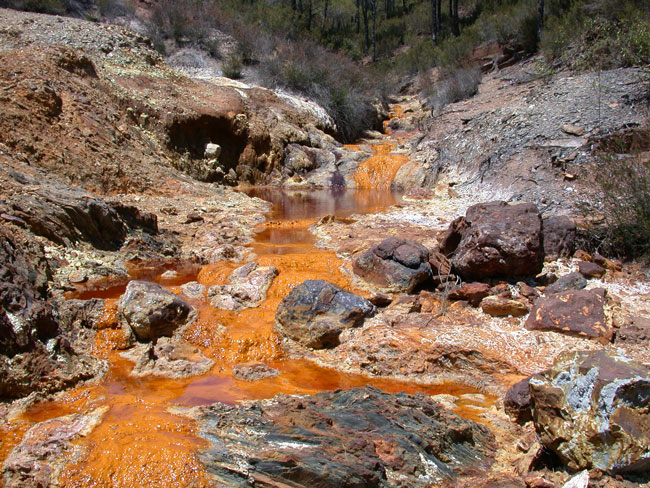Early morning drives are magical. Clear blue skies, light cool breeze, singing birds – it makes you wake up and celebrate what beautiful mother earth has given us in such abundance.
But, as we head out for the day trip to old colonial-style mining town of Springs, it made me feel anxious and apprehensive. I didn’t really know why or understand it much at the time but I did have this lingering feeling that I was going to find out soon enough.
As we drove deeper into the town – daily weekday activities abounded with kids going to school, people to places of work and grocery shoppers picking up the essentials for daily living. And barely on the other side of all the busyness, sat an open, disused gold mine shaft. At first glance, it looks like an old abandoned building, but on closer inspection it resembles more of an maze with cutaways and passages. But this maze is no ordinary one, sitting atop a hole escaping straight down into the earth.
After the discovery of gold in 1884, Johannesburg was proclaimed a land rich in supply and so opportunities for extensive mining opened up. This old open shaft is what is left after all the gold was dug up. Sadly, to this day the shaft has not been properly closed and rehabilitated. The area sees a lot of children that live nearby play around the site and either get hurt or sometimes even fall into the shaft. It’s heartbreaking to think of this happening, even in a society like today’s where there are ways and means to ensure proper closure.
Further on, but not entirely separated from daily realities, people were searching for gold from an open mine. Yes, you read correctly. People sitting on the ground were searching for gold particles that can be found embedded in the sand which usually gets brought up to the surface during heavy rainy seasons. The process involves using an enamel plate which has been scratched to reveal the underneath layer onto which the sand gets placed and washed over with water until you see the shiny remnants of tiny gold particles. This truly was extraordinary to watch. Once the illegal miners have collected enough grams, the particles then get sold to the highest buyer. The amount of gold that can get collected in a day depends on how much of rain there was the previous night.
But coal mining to a large extent was also considered as valuable as gold in the area. As the need for energy and industrialisation began to gain momentum, South Africa also decided to further develop its ideals by forging ahead with the build of several coal-fired power stations. This mineral resource powering the country for decades has left a trail of destruction in its wake. Acid mine drainage, something that was prevalent in Springs, is one of those trails where acidic water from coal mines flows into rivers and streams causing pollution and creating destruction. This leads to the death of many species of fish and aquatic plants. Communities living on the banks of these rivers are unable to drink the water, wash their clothing or feed their cattle.
Economic prosperity was promised and showcased as the reason for the need to mine — but this is not the complete truth, especially for the people living in the shadow of new and abandoned mines across the country. They do not benefit from the mining and are in fact held back by the problems in produces on the ground.
True economic prosperity will come when we have a fossil-free Africa with a just energy system that serves the needs of all the people across South Africa and the continent.

